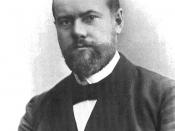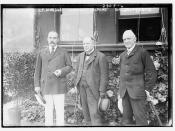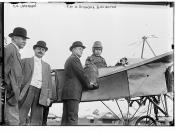Morgan's Metaphors and Motivation.
In this essay, we will get to know Maslow's Metaphor's and how he uses them in comparisons towards organisations. The essay itself talks about four of Morgan's Metaphor's and will go in depth with two particular metaphor's; Brain and Culture. Within this essay, you will understand what the two metaphor's are, why I chose the metaphor's in general and how they relate towards motivation amongst other theorist such as Maslow, Taylor, Hawthorne, etc.
A lot of people don't know what motivation really means, so many managers out there, think that employees that lack motivation are classed as lazy employees, which is very untrue. Example, for a UNI student to read a text book, they will not be able to stay focused for more than twenty minutes, but for the same person to read Harry Potter, They maybe very motivated to read the whole book in a weekend.
Motivation is defined as processes that account for an individual's intensity, direction and persistence. (Robbins, Millet, Waters-Marsh 2004 P164).
I believe that motivation occurs when one has a desire to achieve something (hobbies, books, work,) only when they have something to gain for themselves.
When we first look at organisations, we rarely will compare the specific organisation with a metaphoric term. Gareth Morgan, the a of author of "Images of Organisation" compares all organisations simply with 4 metaphoric terms, these metaphors that he chooses within the text are;
*Machines
*Organisms
*Brains
*Cultures.
After having researched the book, it gives us a better understanding with Morgan's point of view within/of an organisation.
Within these 4 main uses of metaphors, Gareth Morgan explains each one as so;
Machine - Within chapter 2 of Morgan's book, he states that "Organisations that are designed and operated as if they were machines are...


